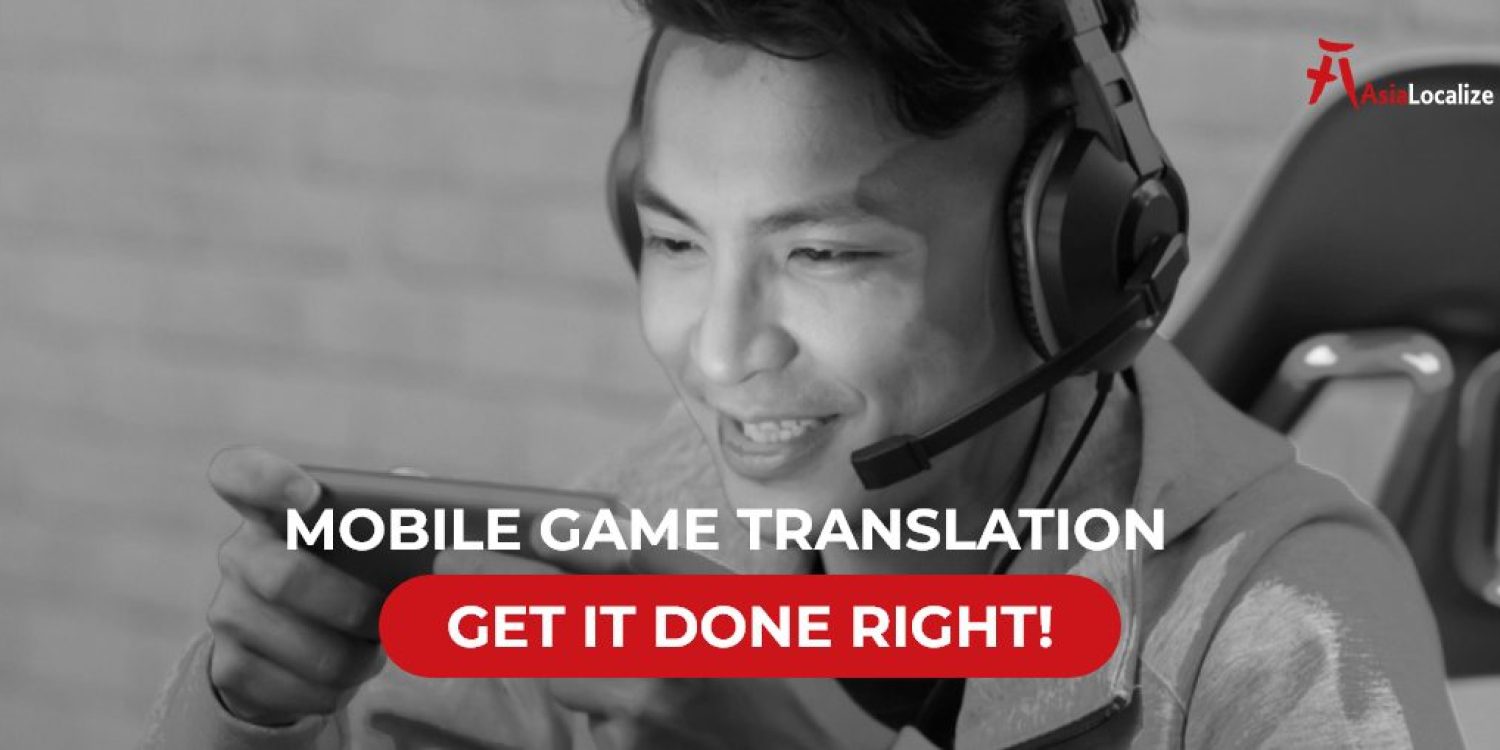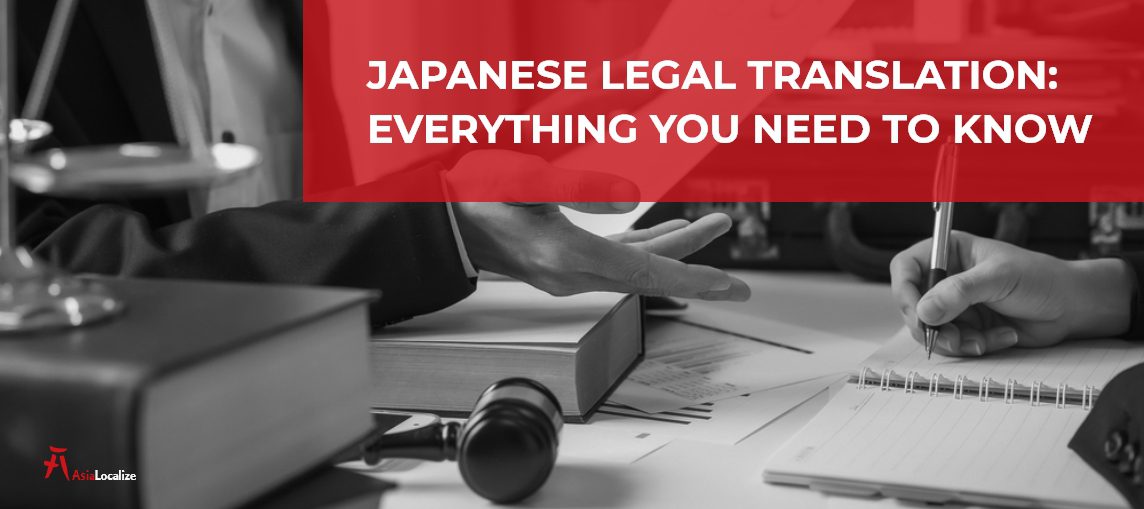From just a wired box-shaped telephone to today’s smartphones, communications have been revolutionized over the past 30 years. They have changed rapidly to the point where nothing can be anticipated anymore. Where is technology heading to? No one can predict what is coming next, can you?
The same applies to the mobile gaming industry! Since the beginning of the mobile phone era, a lot has changed in how people live, communicate, and even play. Why play on a console or PC when you have the world in your pocket? The mobile phone has created new concepts, lifestyles, and expectations.
From the beloved “Snake” to the “Call of Duty” world and more, mobile gaming has evolved from absolute simplicity to today’s highly interactive games. Now, mobile game companies are determined to invest in what could immerse their gamers into the world of the game, and not just their local gamers, but particularly the global gamers. And here comes the inevitable role of mobile game translation.
If you are a mobile game developer looking for more downloads, engagement, and revenue in the global competition, mobile game translation can be your best ally. It can make all the difference to build a strong presence for your game in international markets.
We have created this blog to help you get better insights into mobile game translation. Here, we have gathered everything you need to know about mobile game translation, from its top benefits to best practices.
An Overview of the Mobile Game Industry
The mobile gaming industry is growing fast and is projected to thrive over the next decade. According to a study by data.ai and IDC, mobile gaming dominated the market in 2022, almost 60% of the whole market share, according to Mashable SE Asia, and is expected to continue to rule in 2023
In 2022, mobile gaming generated $92.2 billion out of a total market size of $184.4 bn ( Newzoo). And it is expected to reach $315.90 billion in 2023 (Statista).
In only the first quarter of 2022, worldwide consumers spent over $1.6 billion weekly on iOS and Google Play mobile games (Pocket Tactics).
So many opportunities lie ahead for mobile game developers and companies. However, these stats also show the difficulty of going into such fierce competition without a plan. A plan that leads you the way to reach, attract, and engage your target audience overseas! And that is only possible with mobile gaming translation and localization.

Why Do you Need Mobile Game Translation?
Creating a unique mobile game is great but it won’t be enough for your global aspirations. Creating local, relevant game experiences can do the trick. And that won’t ever happen unless you invest in genuine mobile game translation efforts that take your target market’s linguistic and cultural needs into account.
You may think mobile game translation is too much of an investment. We hate to disagree, but it’s exactly the kind of investment that your mobile games need to succeed in global markets. We can’t overstate the fact that professional mobile game translations are your golden ticket to global markets. They can go a long way to deal with the fierce international gaming competition and fulfill your targets’ needs.
So, why do you need to translate your mobile game before launching internationally? Here is a list of the top benefits of mobile game translation and localization:
- More Comprehensive Outreach: Through translation and localization, you will be able to open up to a much bigger audience in their native language and level up gamer loyalty. For example, in only the first half of 2019, the Chinese Arena of Valor grew the global active user rate to reach 13 million users daily.
- All-Encompassing Game Experience: When adapting your game to a new market and audience, many changes should be applied to your game’s UI text, dialogue, instructions, graphics, audio, and more to make the needed impact. So, you are almost building a new version of your original game, a whole new experience, if you will, that better speaks to your audience’s minds and hearts.
- More Downloads: When you show your international gamer base that you care (through your translation and localization efforts), your game will likely drive more downloads and earn your target market’s trust. A good example of this would be the Fifa 18 Arabic-localized version which saw unprecedented success only in the first 2 months of 2018, selling 10 million copies.
- Revenue: Wider reach means more downloads; localized game experiences will generate considerable revenue. It’s as easy as that! In a world that expects a lot from game companies, expert translation and localization efforts are actually the only way to deal with such a challenge.
- Better Reviews: Reviews and players’ ratings can tell much about your game. Gamers tend to trust, download, buy, and recommend those games with positive reviews.
4 Tips to Nail Mobile Game Translation
Effective mobile game translations don’t happen overnight; they need solid planning and seamless execution. One way to do it right is to future-proof your mobile game business and be as much as prepared for all scenarios. That’s the reason we wrote this section to help you understand the scope. Straight from our translation and localization experts, we got these steps to help you nail mobile game translation.
Here is how you can do it right:
- Choose the Right Markets & Languages
We can’t emphasize this step’s importance for the outcome strongly enough.
Usually, mobile game companies go for English, for starters, and then may or may not pick other languages without even looking into it. Don’t fall into this! Choose your markets wisely, which will subsequently guide you to the most suitable languages.
The trick of the trade when choosing your next market is to check your game’s analytics and data and answer the following:
- Which countries have the most downloads?
- How promising is this market in terms of growth and revenue?
- What are the languages spoken by those countries?
By answering these questions, you are almost halfway through. There is no one answer for all! The target is to pinpoint the markets with the most potential for your business.
Also, look for markets with vast numbers of mobile users and gamers (preferably with the least competition) which will add to your score. And always remember to check the English proficiency level of your target market; this will help you a lot in deciding the most profitable markets for your business.
However, when we speak about mobile game localization, there are languages with more popularity than others. Italian, French, Chinese, German, Japanese, Spanish, and Korean are among the top languages for mobile games. Actually, the APAC region is expected to outperform the US and Europe over the following years, generating almost 47% of the mobile gaming growth (according to technavio.)

Before getting started with your game translation, you need to make sure that your game is ready for translation.
Internationalization paves the way for game localization; it’s the step where you modify your game’s code to accommodate different languages. And here, the idea is to avoid hard-coding, which will make your life a living hell (if not avoided), leading to too much work and never-ending fixing cycles. Also, you will end up with rising costs and, even worse, inconsistent results.
That’s why ensuring that all your game’s text and content are in external files to be easily localized and adapted to different locales and languages is essential.

Since mobile games are customer-centric and culture-driven, only specialized experts with local insider knowledge of the target audience and locale can perform translation and localization. And that’s what you get and more when partnering with a reputable mobile game translation and localization company.
Having a professional translation services partner in your corner will put you on the fast growth track. With full technical, cultural, and language support, your game will meet your target audience’s strict standards and expectations, creating unparalleled and memorable experiences.
Leaving your game localization in capable hands is never enough unless you hand them the key to your game, which means giving your translators all the instructions to help them sail through the localization phase without any hassles.
At this stage, prepare a contextual brief and necessary documents for your localization experts to help them delve into your game with a complete understanding of your style, tone, brand sentiment, and any required game-related instructions.
In addition, remember to make a glossary list with game-specific terminologies and style guides in order to get consistent, quality translations that are faithful to your original game.
In the Style guide, many aspects should be included and taken care of, such as:
- Formatting
- Punctuation
- Tone
- Brand-related Elements
Takeaway
As you can see, swaying international gamers toward your mobile game takes more than just good graphics and a well-crafted storyline; it’s all about how everything in your game is perceived in your target language. You may own the number one mobile or video game in your home country, but poor translations will surely set your game for failure in international markets.
Whether it’s about increasing your downloads on the App Store or Google Play or creating memorable experiences for your gamer base, software and mobile game translation can achieve that and more.











